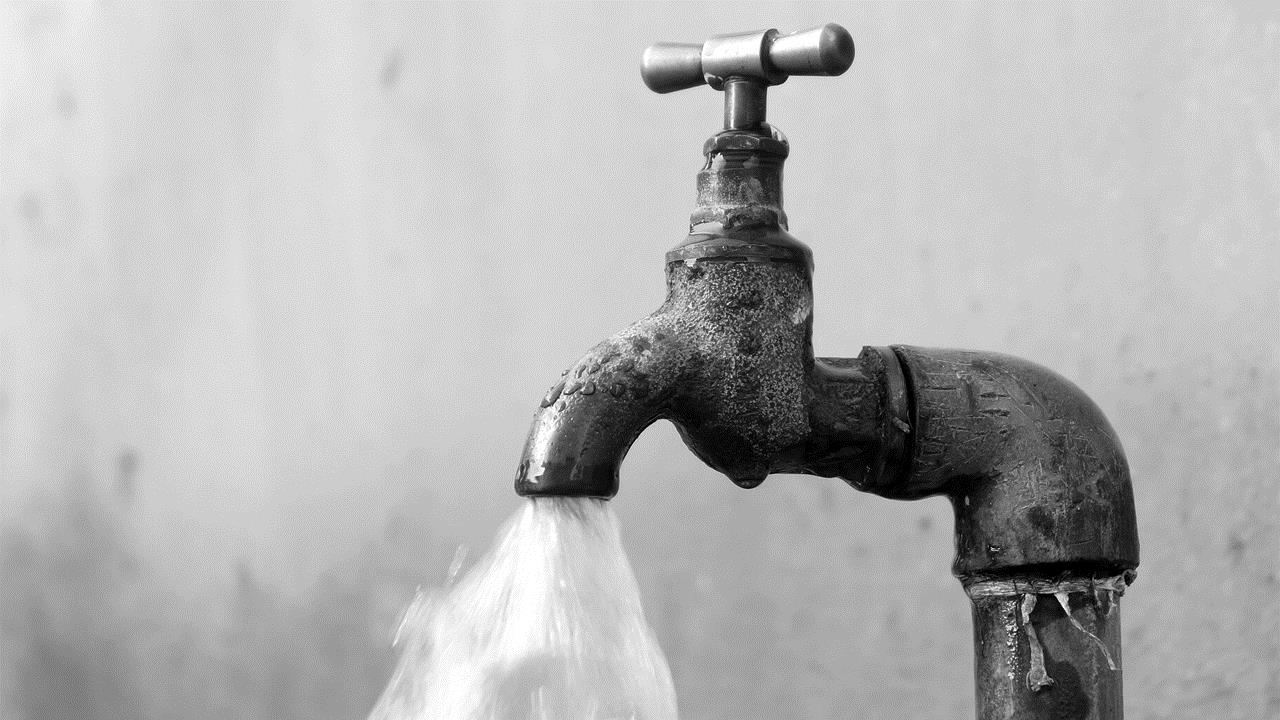

Mathias Van den Broeck, Product and Business Development Manager at SANHA, explains why it’s important to use lead-free solutions when it comes to pipework and fittings.
Recent research has highlighted the damaging health effects of lead. With pipes and fittings transporting drinking water being one of the main sources of contamination, mechanical engineers and plumbing professionals need to remain alert to the risks and should use the latest lead-free materials for piping systems.
Exposure to environmental metals in the UK is primarily due to persistence in past uses. Lead is no longer present within the public water supply and its incidence in groundwater is rare. However, before 1970, many smaller pipes were made of lead and it is possible that lead pipes and, occasionally, lead-lined storage tanks, remain in older houses and industrial buildings.
It’s also worth bearing in mind that, nowadays, it is often not the pipes but the fittings themselves that contain lead. For example, pure copper pipes according to EN 1057 (which are 99.9% copper with some phosphorus) do not contain lead, but the fittings are made from different alloys. Lead is more likely to be present if interiors haven’t been modernised for decades, although it is also possible that the underground service pipe connecting the water main in the street to the system in some buildings could be made from lead.
If property owners are worried about the presence of lead, a simple visual test can be carried out by locating the internal stop tap and checking the inside pipe that’s connected to it, where the water pipe enters the property.
If this pipe is dull grey, easily scratched to reveal a shiny silver colour, and makes a dull sound when tapped, then it may be made of lead. The joint with the external pipe or stop-tap may also be rounded and swollen.
A less common problem relates to the use of lead solder. As with lead pipes, the use of lead solder in drinking systems has been banned for over 30 years. In the UK,
The Water Supply (Water Fittings) Regulations 1999 prohibits the use of lead solder for joining copper pipes in plumbing systems which are used to supply water for cooking, drinking and bathing. It is still available on the market for use in closed-circuit central heating systems and, worryingly, there have been cases of unqualified plumbers and DIY enthusiasts still using it to connect pipes in drinking water systems. However, this is becoming less of a problem as traditional piping systems are increasingly being replaced by safer, better quality and more durable, press-fit piping systems.
If lead piping is found, there is no need for panic. Health risks are often mitigated in hard water areas by scale building up in the pipes and protecting against the dissolution of lead into the water. If lead is detected, steps can be taken to ensure water that has been sitting in pipes is not used for drinking, or bathing.
In general, if lead cannot be completely excluded, then it is advisable not to use water that has been standing for more than six hours, not to use hot water but instead cold water to make drinks, to take care with water softeners (which can change the composition of the water), and to avoid using tap water to make up infant formula. The pipes should, however, be replaced as soon as possible with a suitable lead-free system.
Fortunately, there are a number of good lead-free alternatives on the market. Using these materials for pipes and fittings guarantees that water is safer to drink, and eliminates the risk of contamination. In the UK, all drinking water, whether from public supplies or other sources, currently has to meet standards laid down in the EU Drinking Water Directive (98/83/EC).
First introduced in 1998, the Directive has progressively got tighter and, as of 2013, the accepted content of elements such as lead in the water has been reduced to 0.01mg/l, whereas the maximum was previously 0.025mg/l (a 60% reduction).
Nowadays, copper, plastics, stainless steel, and bronze are all used in drinking water systems. Manufacturers are increasingly advocating the use of stainless steel and have also developed lead-free alloys which are specifically designed to transport drinking water.
These alloys have a number of advantages over traditional copper, brass, and gunmetal. Silicon bronze is completely dezincification resistant, and is not susceptible to stress corrosion cracking – both problems that can occur with traditional brass pipework and fittings. As a premium hygienic material, it is also produced with a ‘hot stamping’ method, meaning the material is very dense and not subject to porosity like pipes made from materials like gunmetal.
With new research highlighting additional health problems due to lead exposure, it makes sense for plumbing professionals to take every step possible to ensure potentially toxic metals are not used to transport water. While lead piping is rarely used nowadays in the UK, pipework in old buildings still presents a risk, as does the use of lead solder by unqualified plumbers.
Professionals also need to be mindful of using lead-free fittings, even when working with pipes clearly made of other materials such as stainless steel or copper. When such pipework is uncovered, it is imperative that it is replaced as soon as possible with lead-free pipes and fittings.
If you'd like to keep up-to-date with the latest developments in the heating and plumbing industry, why not subscribe to our weekly newsletters? Just click the button below and you can ensure all the latest industry news and new product information lands in your inbox every week.